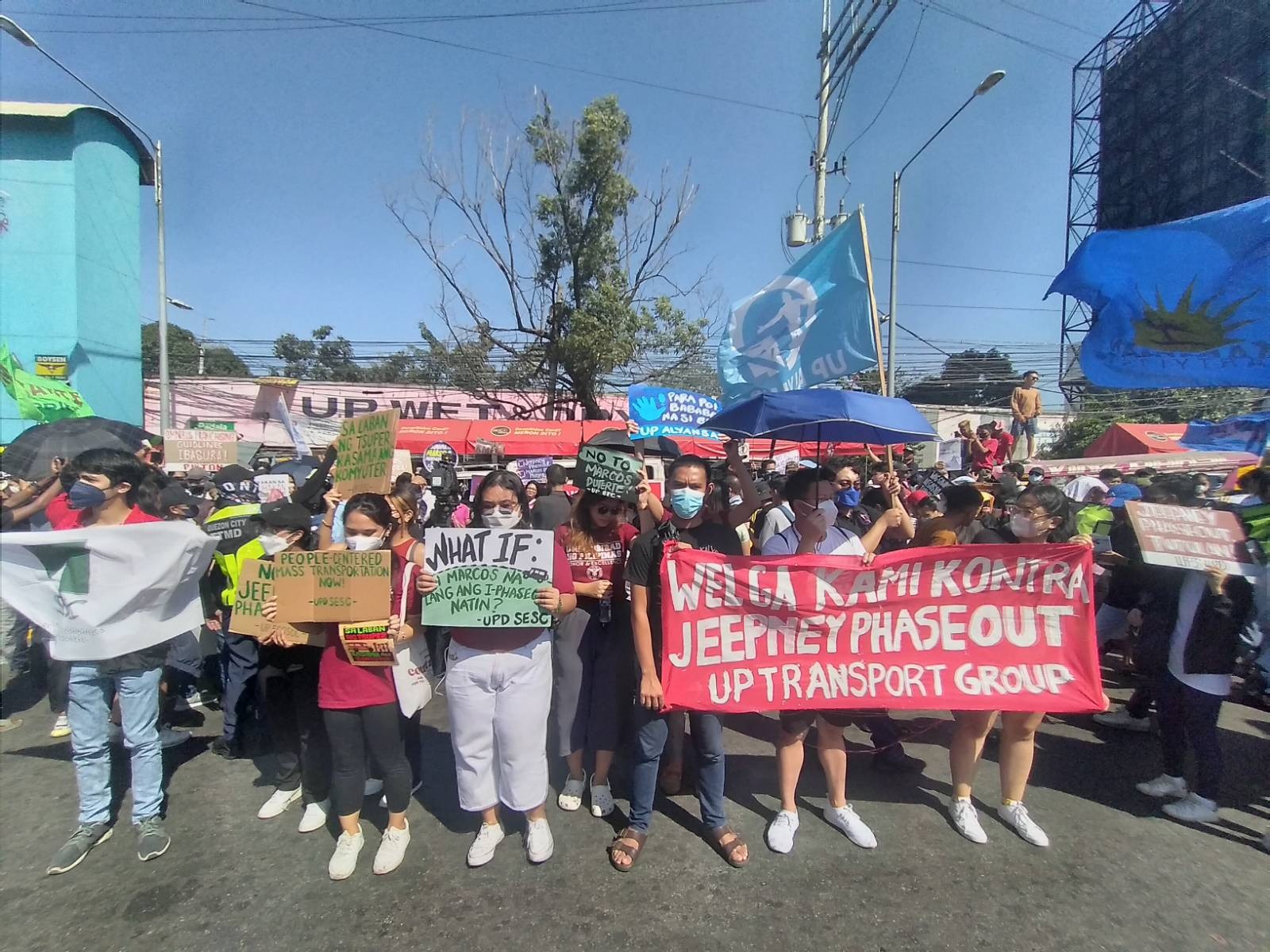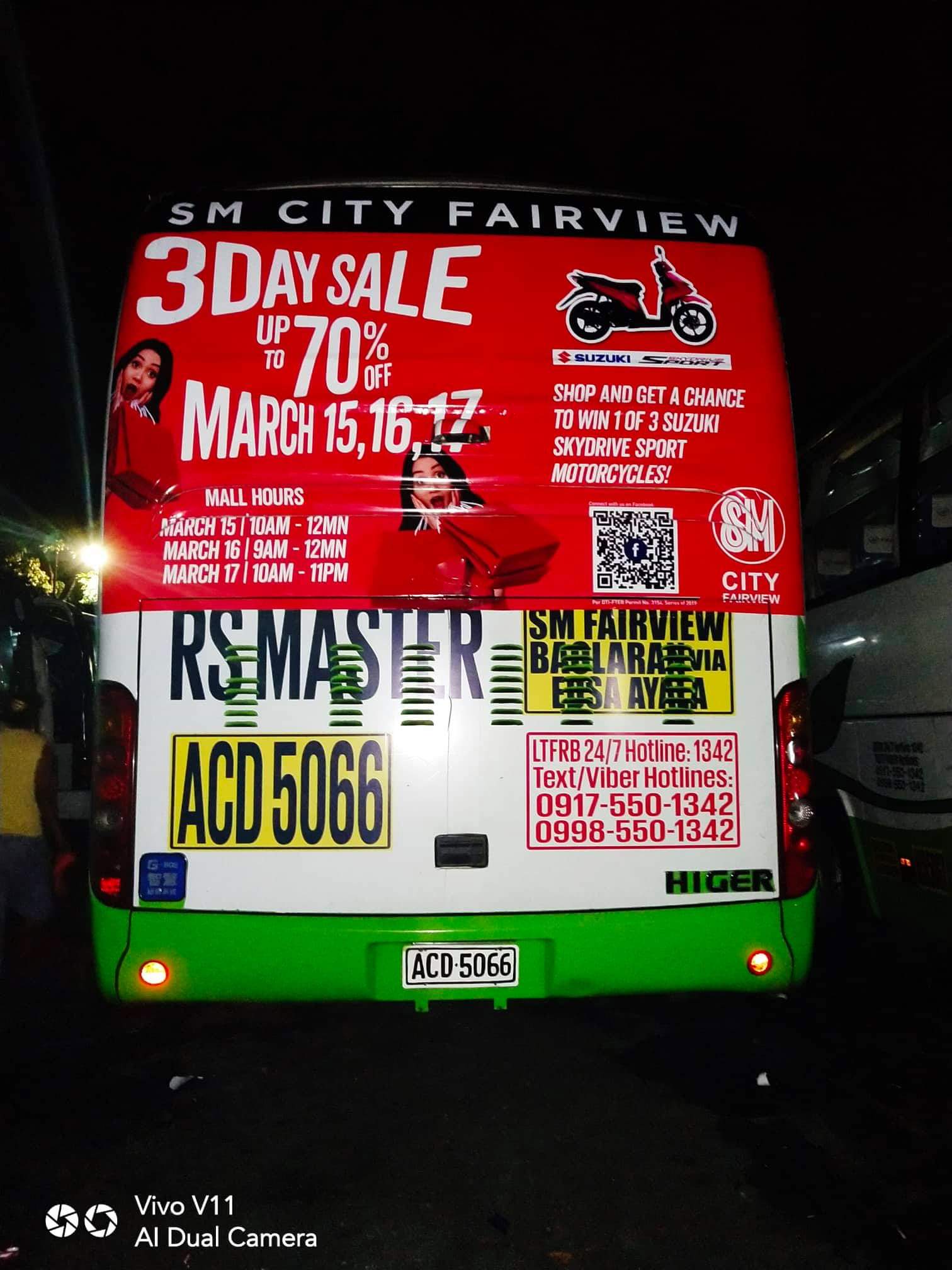Take Full Advantage Of Direct Exposure with Transit Advertising Philippines
Take Full Advantage Of Direct Exposure with Transit Advertising Philippines
Blog Article
Understanding the Role of Transportation Marketing in Enhancing Brand Name Presence and Customer Involvement
Transit advertising and marketing has become a critical component in the advertising landscape, supplying one-of-a-kind chances for brands to boost their exposure and involve customers successfully. With the capacity to reach a diverse and restricted audience throughout their daily commutes, these marketing techniques are not just concerning presence; they are regarding developing purposeful links with possible customers. As we check out the multifaceted benefits and innovative strategies within transportation marketing, it comes to be crucial to consider just how these aspects jointly influence customer perception and actions, elevating concerns concerning their long-term effect on brand loyalty.
Definition of Transportation Advertising And Marketing
Transit advertising and marketing refers to the technique of promoting products, services, or brand names via promotions placed in and around mass transit systems. This form of advertising and marketing incorporates a selection of positionings, including posters on buses and trains, digital screens at transit terminals, and wraps on the outside of vehicles. It aims to reach a diverse audience, profiting from the high foot website traffic connected with public transportation.
Transportation advertising and marketing is tactically placed to catch the focus of commuters, who typically invest considerable time waiting or traveling. By integrating promotions right into the everyday routines of individuals, brand names can create an enduring perception and foster brand recognition. The tool is specifically efficient in metropolitan atmospheres, where public transport is a primary mode of traveling.
In addition, transportation marketing can promote local targeting, permitting businesses to get to particular demographics based upon transportation courses and terminal areas. As city populaces grow and the use of public transport boosts, this advertising and marketing technique has actually gotten prominence as an essential part of incorporated advertising and marketing strategies. The vibrant nature of transportation advertising, combined with its capability to engage customers in a captive setting, underscores its relevance in modern advertising techniques.
Advantages of Transit Marketing
The efficiency of transportation advertising lies in its ability to supply a wide variety of benefits to brands looking for to boost exposure and interaction. Among the main benefits is the comprehensive reach it offers; transit advertisements can efficiently target diverse demographics throughout urban locations, getting to both commuters and pedestrians alike. This broad exposure considerably boosts brand understanding.
An additional advantage is the high regularity of perceptions. As transportation lorries travel along recognized routes and stop at numerous locations, they produce repetitive exposure that reinforces brand name messages. This frequency cultivates experience, which is vital in customer decision-making.
Transportation advertising and marketing is likewise cost-effective compared to various other media platforms. Provided its expansive reach and capacity for high perceptions, brands commonly experience a lower price per thousand perceptions (CPM), optimizing their advertising budget plan.
Additionally, transit advertisements can create a feeling of community link. By aligning with local transit systems, brands can reverberate with regional target markets and foster a sense of neighborhood satisfaction. This local method enhances brand name loyalty and engagement, making transportation advertising and marketing a compelling selection for companies intending to solidify their existence in the market.

Efficient Strategies for Transportation Projects
To maximize the impact of transportation projects, brand names need to take advantage of critical planning and execution customized to their target market. Initially, identifying the group characteristics of the target market making use of public transit is important. This allows brands to develop customized messaging that reverberates with potential clients.
Next, selecting the right transit mediums is crucial. Whether making use of bus covers, metro posters, or electronic displays, each medium has distinct benefits that can enhance exposure. For example, lively visuals on bus wraps can stand out, while electronic advertisements can be updated regularly to mirror timely promotions.
In addition, integrating a natural branding method across transportation platforms makes sure consistency and enhances the brand name's identification. Making use of attractive styles and unforgettable taglines will strengthen brand recall among commuters.
By employing these methods, brand names can successfully harness the potential of transit advertising and marketing, cultivating higher recognition and link with their target audience. Ultimately, a well-executed transit project can drive substantial development in brand name exposure and consumer interaction.

Measuring Influence and Interaction
In evaluating the efficiency of transit advertising projects, accurate measurement of effect and engagement is crucial for brands looking for to optimize their advertising approaches. Metrics such as reach, regularity, and impressions provide foundational data to evaluate visibility. Evaluating these aspects assists establish the number of prospective customers are exposed to the advertisements throughout their day-to-day commutes.
Engagement can be further gauged with consumer interactions, such as internet site traffic, social networks states, and straight reactions to calls-to-action featured in the advertisements. Using devices like QR codes or unique Links can help with tracking of consumer actions directly linked to transportation campaigns. Surveys and responses systems also work as valuable approaches to collect qualitative data on consumer assumptions and recall of the advertisement.
Moreover, progressed analytics and acknowledgment versions can correlate transportation exposure with succeeding investing in habits, supplying insights into the roi. By using a comprehensive approach that integrates measurable and qualitative steps, brands can establish a nuanced understanding of their transportation marketing impact. Eventually, this data-driven method enables brand names to refine their campaigns, guaranteeing they reverberate effectively with target audiences and boost general brand name exposure.
Situation Researches of Successful Campaigns
Successful transportation advertising and marketing campaigns function as compelling instances of exactly how efficient approaches can elevate brand name exposure and engagement. Transit Advertising Philippines. One noteworthy case is the "I Love New york city" campaign, which changed the city's image see here now and drew in countless vacationers. By using metro advertisements, billboards, and bus covers, the project developed a solid, cohesive brand identification, causing a considerable uptick in tourism and neighborhood business patronage
One more exemplary project is Coca-Cola's "Share a Coke" effort, which check my reference leveraged transportation advertising to personalize the brand name experience. By featuring prominent names on marketing products across numerous transit platforms, Coca-Cola fostered a much deeper psychological connection with consumers, urging them to share their experiences on social media sites.
In addition, the "Got Milk?" campaign efficiently made use of public transportation advertisements to get to a wide target market, enhancing the message of the relevance of milk in a balanced diet plan. The campaign saw a measurable rise in milk usage in target demographics.
These study illustrate that when executed attentively, transit advertising and marketing can dramatically enhance brand exposure, foster consumer interaction, and drive quantifiable results, showing its crucial function in modern marketing methods. - Transit Advertising Philippines
Final Thought
To conclude, transportation advertising check these guys out and marketing works as a crucial device for enhancing brand name presence and fostering consumer involvement. By making use of strategically placed ads within mass transit systems, brand names can properly reach varied target markets and reinforce recognition via constant direct exposure. The execution of targeted messaging and cutting-edge strategies further magnifies the effect of transportation campaigns. Inevitably, the capability to measure engagement and assess effective situation research studies underscores the performance of transportation advertising and marketing in driving brand commitment and customer interactions.
Transit advertising has actually arised as an essential aspect in the advertising and marketing landscape, using unique opportunities for brands to raise their visibility and involve customers efficiently.Furthermore, transportation advertising and marketing can promote local targeting, allowing companies to get to particular demographics based on transportation courses and station places.In evaluating the effectiveness of transit marketing projects, accurate dimension of effect and engagement is crucial for brands seeking to enhance their marketing methods.Effective transit marketing campaigns offer as engaging examples of exactly how efficient approaches can raise brand name presence and involvement.In conclusion, transit advertising and marketing serves as an essential device for enhancing brand name exposure and cultivating customer interaction.
Report this page